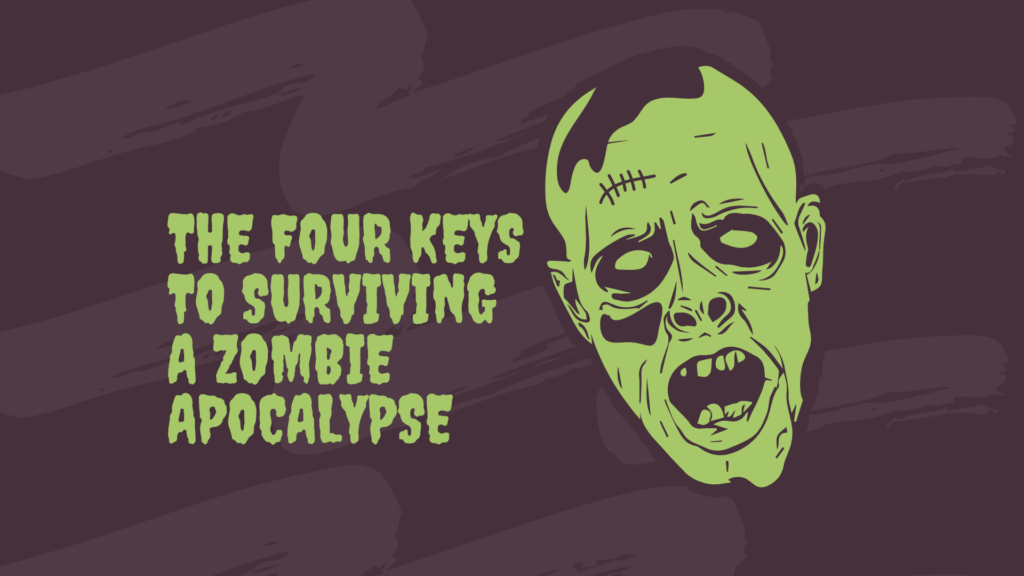Executive Briefing Protocol: The 4 Thinking Styles You Must Consider

As you go higher in your organization, your message must have a broader appeal. Being able to communicate in all four thinking styles will allow you to reach more people, and influence more decision-makers with your message.
– Peter Khoury

INTRO
There are four thinking styles that you commonly encounter in any work environment. When you are presenting information, each type of thinker tends to be listening for the information that answers the questions they focus on most. This approach to organizing your message addresses each type of thinker.
OBJECTIVES
- Understand The 4 Thinking Styles
- Create presentations with the four styles in mind, so you can tailor your message to appeal to those thinking styles instead of your own
- Learn to use the 7 Questions template
The 4 Thinking Styles is an adaptation of Dr. Bernice McCarthy’s 4MAT learning style system developed to enhance the educational experience of students.
The Four Thinking Styles
“Why” Thinkers
These folks focus on the purpose behind decisions—why we’re doing something and why now. They’re often in roles like superintendents, principals, or school board members.
These individuals want their “why-based questions” answered, such as: Why we are in the meeting? Why are we doing what is proposed? Why is this important to you? Why now?
“What” Thinkers
These folks are detail-oriented, focusing on the facts and tangible action steps. These individuals are in roles close to the work, educators, school secretary, custodians, parents.
These individuals want their “what-based questions” answered, such as: What is the science? What is the history? What is the cost? What is the background?
“How” Thinkers
These leaders are action-driven, asking questions like “How do we get it done?” and “How do we move forward?” You may find your assistant principals, department heads, or other leaders who support the work of others align with this style. These types of people are doers, make-it-happen individuals, and are often detail-oriented.
These individuals want their “how-based questions” answered, such as: How do we achieve this goal? How do we move forward? How do we get over this obstacle? How will we make time for this work?
“What If” Thinkers
These individuals imagine possibilities, both positive and negative. Visionary leaders focus on opportunities (“What if it works?”), while others, like fiscal or legal counsel, focus on risks (“What if something goes wrong?”). Both perspectives are crucial for balance.
This group consists of two different mindsets.
The What If positive thinkers want to know how the new idea connects to the bigger vision and all the possible outcomes of implementing the new idea.
The What If negative thinkers want to address any objections, and tend to think about what could go wrong. (Note: there is nothing wrong with this mindset. This voice is often a very important part of the group.)
The 7 Questions Template
Below is a template to guide you through creating a presentation with The 4 Thinking Styles in mind.
Create an editable Google doc version of the .pdf to prepare your own executive briefing protocol.
TIPS
While the language is specific to “presentations,” this knowledge and process can be applied in other communication contexts such as meetings, 1:1’s, and emails.

Why are we here?
Be explicit. Start by clearly articulating the purpose and urgency behind the meeting or initiative. The why thinkers need to understand the big picture and the motivation driving the discussion.
Example: “We’re here to ensure all students in our school are fully prepared for the challenges of the future.”

Why does it matter?
Explain why your presentation matters. Why is this important to your listener? Think of this as a benefit statement. Tell the decision-makers in the room the importance of your idea to ensure they aren’t burning calories trying to figure it out for themselves. “Why” thinkers will simply stop listening if they don’t have a clear understanding of why the conversation is important.
Example: “This is especially urgent as we adapt to changing educational standards and student needs.”

What is the background?
Engage the “what” thinkers. Remind everyone in the room what you are discussing/proposing. Provide concrete background information, context, and supporting data. What thinkers value depth and evidence and if there are multiple efforts happening at a school at any given time, it’s helpful for these types of thinkers to have a brief reminder of what your presentation is about to avoid confusion.
Example: “Data from last year’s student assessments shows a 15% decline in reading proficiency among our middle school students.”

What is the update or proposal?
Everything you said before this step is preparing for this moment. Be concise and clear.
Example: “Research indicates that implementing a literacy-focused intervention can close this gap significantly.“

How do we move forward?
Inspire the “how” thinkers, and get to the details of the topic. Outline actionable steps or plans that show how the purpose will be achieved. This group is focused on execution and overcoming challenges. Provide next steps in a broad perspective (avoid too many details).
Example: “Today, we’ll discuss a three-phase plan: identifying the root causes, selecting proven strategies, and creating an implementation timeline that includes teacher training and student progress tracking.”

What if…negative?
Consider bringing up objections and possible alternatives quickly in order to deal with them. If you bring these up first, it shows that you have a balanced and rational view, and that you already considered alternatives to what could go wrong.
If you don’t anticipate any objections, then skip this step. You don’t want to plant negative thoughts when there were none.
Example: “We will need to consider challenges, like teacher workload, and discuss how to mitigate these challenges with appropriate supports.”

What if…positive?
Oftentimes, individuals care most about the projects they have a personal hand in, so try to tie your ideas to a larger goal the school is working toward achieving.
Use this point strategically, and only when it’s truly applicable.
Example: “What if this plan succeeds? We could see higher student engagement and improved test scores across the board.“






Responses